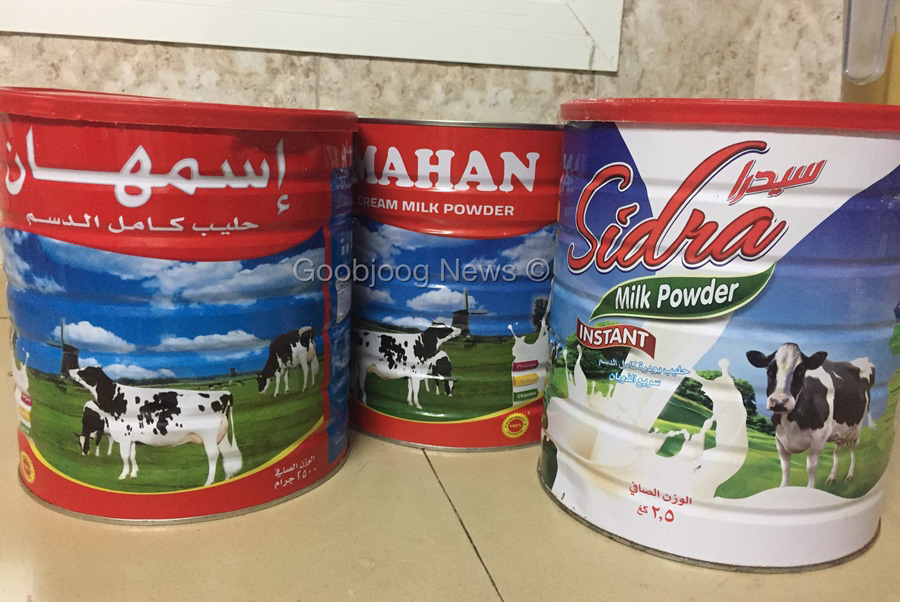Somalia’s love for imported milk despite annual production valued at $3.3bn


By T. Roble
Despite milk production with a market value of $3.3 billion annually, most households in Somalia are dotted with containers of imported powder milk.
Somalia imports milk but does not export even a litre, a joint report by the World Bank and Food and Agriculture Organisation (FAO) notes.
The report, Rebuilding Resilient and Sustainable Agriculture in Somalia indicates the country’s livestock secror has registered impressive growth over the years to be coming the most lucrative within the agriculture sector. Livestock export peaked at $533 million in 2015, higher than the pre-civil war period, the report indicates but processing now way below the same period levels.
“Milk production, production, especially from camels, has risen steadily since the late 1980s, reaching a market value of about $3.3 billion in 2014,” the report which part of the wider Country Economic Memorandum (CEM) notes.
“Somalia nonetheless still imported dairy products while exporting none.”
The ongoing drought has however adversely affected milk production. In early 2017, at the peak of the recent drought, milk yields were cut by more than half for camels and up to two-thirds for cows and goats.
Structural constraints have hindered the dairy sector from reaching its potential, the report notes. Other factors include lack of processers to preserve milk quality, inefficient marketing channels fraught with excessive intermediaries, the poor state of roads, rapid spoilage from high temperatures and humidity, and the absence of economies of scale.
Agriculture minister Said Iid termed the report timely as the country works on promoting investments to boost the local industries.
“This report comes at a critical juncture of Somalia’s development trajectory and investment climate,” said Iid. “It provides much needed analysis of our productive sectors, the environmental impacts, and the development challenges related to governance, infrastructure, and security.”
Livestock and crops remain the main sources of economic activity, employment, and exports in Somalia. Agriculture’s share of gross domestic product (GDP) is approximately 75%, and represents 93% of total exports, mostly linked to robust livestock exports in the recent pre-drought years, the report states.